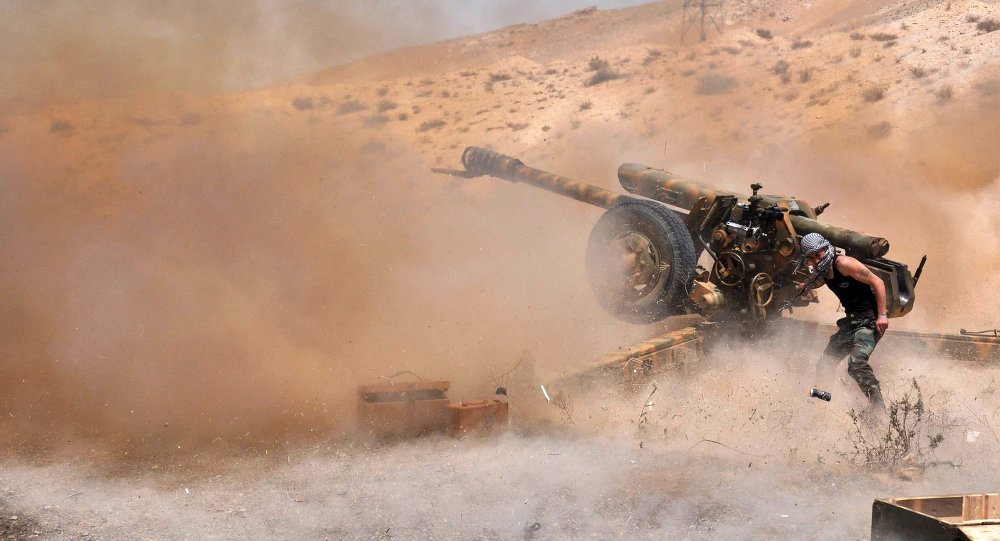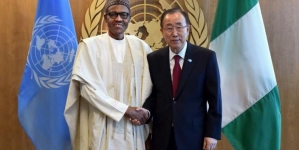-
Tips for becoming a good boxer - November 6, 2020
-
7 expert tips for making your hens night a memorable one - November 6, 2020
-
5 reasons to host your Christmas party on a cruise boat - November 6, 2020
-
What to do when you’re charged with a crime - November 6, 2020
-
Should you get one or multiple dogs? Here’s all you need to know - November 3, 2020
-
A Guide: How to Build Your Very Own Magic Mirror - February 14, 2019
-
Our Top Inspirational Baseball Stars - November 24, 2018
-
Five Tech Tools That Will Help You Turn Your Blog into a Business - November 24, 2018
-
How to Indulge on Vacation without Expanding Your Waist - November 9, 2018
-
5 Strategies for Businesses to Appeal to Today’s Increasingly Mobile-Crazed Customers - November 9, 2018
US decides to allow airstrikes to defend Syrian rebels
“At this point, no actual strikes have been conducted, but they [the drones] have begun flying armed”, Pentagon spokesman Capt. Jeff Davis told reporters Monday. He says the U.S. also will likely fly search and rescue missions from the base.
Advertisement
On Sunday, U.S. President Barack Obama reportedly authorized air defense to U.S.-backed Syrian rebels against attacks from terrorists or Syrian government forces.
The United States on Monday (Aug 3) said it has used air power in Syria in defence of allied rebel groups, signaling deeper involvement in the country’s brutal four-year civil war.
Under current guidelines, U.S. forces can only conduct offensive missions against the Islamic State, and can’t go after other groups such as Assad government forces, largely due to worries it would set off war with Syria.
The move came after the Al Nusra front, al-Qaeda’s branch in Syria, released a video purportedly showing five captives with one of them saying he was recruited by the U.S, through intermediaries, to receive training in Turkey and sent to “fight Al-Nusra.”
“Train and equip as now construed is going to have a very, very hard time meeting any of its objectives in terms of manpower”, said Fred Hof, a former U.S. official who is a senior fellow at the Atlantic Council.
“Without addressing a lot of the specifics the moderate opposition forces, there continue to be attacked on multiple fronts”.
US forces are “interspersed among large coherent units of several hundred fighters”, he said, explaining that: “You can’t give air cover just to individual rebels”.
According to media reports, the 54-strong “Division 30”, which was deployed to northern Syria on July 12, was overwhelmingly defeated in a pitched battle with the Nusra Front, with over half of the soldiers, including the commanding officer, taken captive.
Friday’s attack triggered the first U.S. air strikes to support the Syrian force. Administration officials had been deeply concerned that defending the Pentagon-backed force could inadvertently open the first open conflict with the Assad government, which has denounced the U.S. program.
In the past week, reports have emerged of al-Qaeda’s Syrian faction, Jabhat al-Nusra, capturing a number of top members of the US-trained “Division 30”, also known as the “New Syrian Force”.
While Airwars noted the difficulty of verifying information in territory held by ISIS, which has kidnapped and killed journalists and activists, other groups have reported similar casualties from the U.S.-led airstrikes.
But Jassem said he signed up when one of his superiors from the Turkmen brigade, Col. Nedim al-Hasan, told him last March that the coalition wanted to create a new rebel group that would unite several of the anti-Islamic State brigades that had splintered off of the Free Syrian Army and scattered around eastern Syria after being forced out of their homes by the Islamic State.
Advertisement
The intervention of US warplanes bombing Al-Nusra positions was apparently the only thing that prevented the complete overrunning of Division 30, which has provided its members as a stable for Pentagon recruitment. “We, and the Sunni people in Syria, will not allow their sacrifices to be offered on a golden platter to the American side”.





























